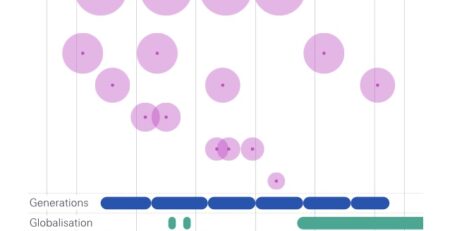China's High Savings: Drivers, Prospects, and Policies
By Longmei Zhang (International Monetary Fund), Ray Brooks (International Monetary Fund – Asia and Pacific Department), Ding Ding (International Monetary Fund), Haiyan Ding (International Monetary Fund), Hui He (International Monetary Fund), Jing Lu (International Monetary Fund), Rui Mano (International Monetary Fund)
China’s high national savings rate-one of the highest in the world-is at the heart of its external/internal imbalances. High savings finance elevated investment when held domestically, or lead to large external imbalances when they flow abroad. Today, high savings mostly emanate from the household sector, resulting from demographic changes induced by the one-child policy and the transformation of the social safety net and job security that occured during the transition from planned to market economy. Housing reform and rising income inequality also contribute to higher savings. Moving forward, demographic changes will put downward pressure on savings. Policy efforts in strengthening the social safety net and reducing income inequality are also needed to reduce savings further and boost consumption.
Source: SSRN










